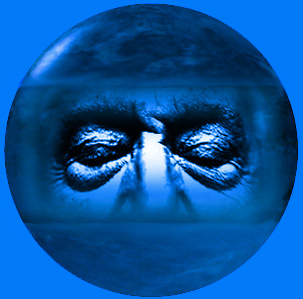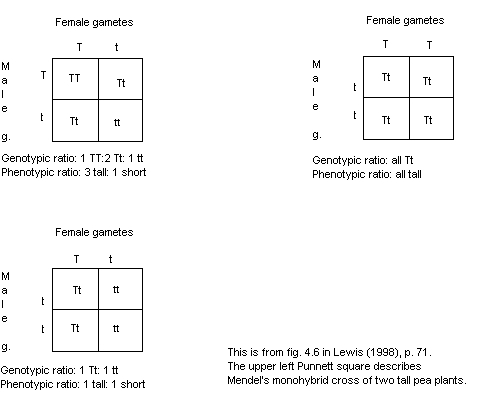 |
Psychology2.3 Genetics
|
A gene can exist in alternate forms, called alleles. If you for example have blue eyes, this is not because you have the gene for blue eyes, it is because you have the allele for blue eyes. If you have two identical alleles for a gene, you are homozygous for that gene. If you have two different alleles, you are heterozygous. If one allele totally masks out the expression of the other allele, this allele is said to be completely dominant; the masked allele is called recessive. We symbolise the dominant allele with a capital letter, and the recessive with a lower case letter (e.g., Aa). This is called a persons genotype. For one gene, there are three possibilities, AA, Aa, and aa. How the genes are expressed in the organism is called its phenotype. If you have a dominant trait, like brown eyes, we cannot say from that fact wether you have a BB or Bb genotype, that is; your phenotype does not always reveal your genotype. (Lewis, 1998, p. 69.)
An individual is called monohybrid if it is heterozygous for a particular gene. If the individual is heterozygous for two particular alleles, he is called dihybrid.
We can use Punnet squares when following the transmission of traits:
